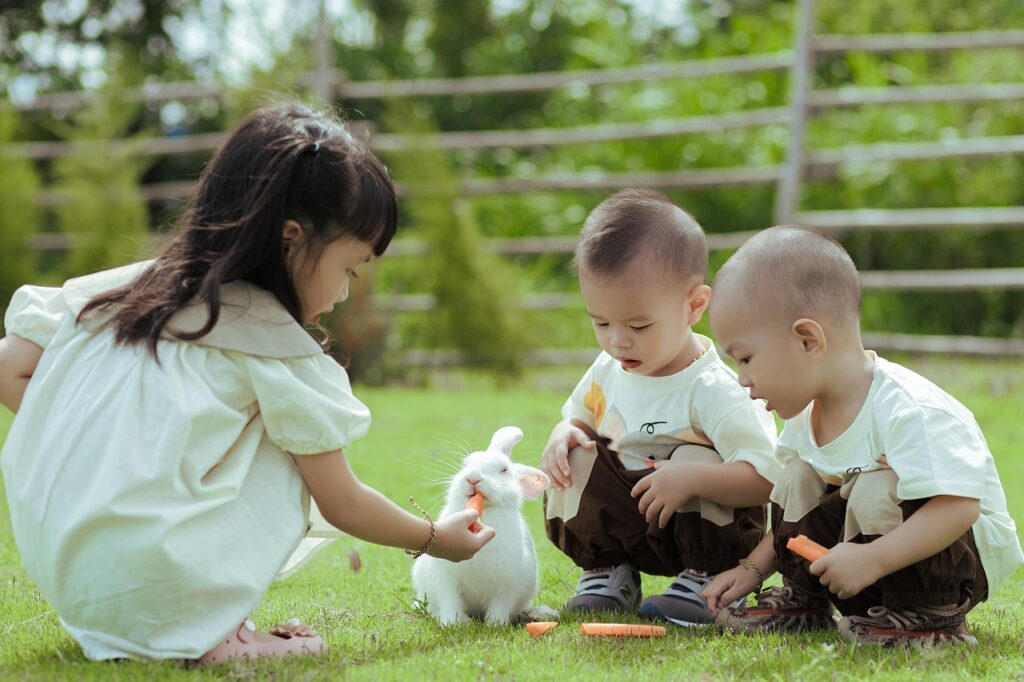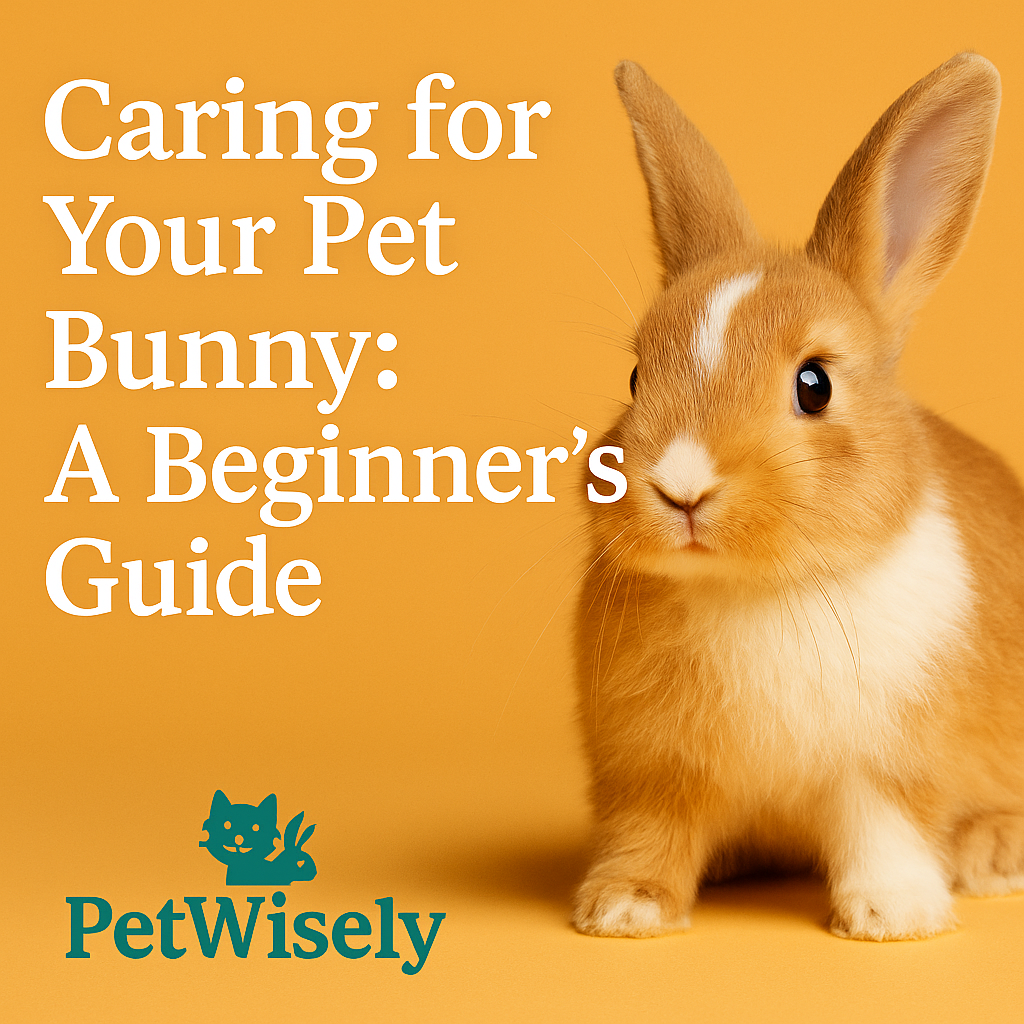New Dog Owners Guide 2025: First 30 Days, Training, and Essentials
New Dog Owners Guide 2025: First 30 Days, Training, and Essentials For new dog owners, this step-by-step guide covers the first 30 days—from setup and vet visits to house-training, socialization, and gear—plus a printable checklist and recommended products. By PetWisely Editorial Team • August 21, 2025 Jump to the 30-Day Checklist ↓ Table of Contents Introduction Before Your Dog Comes Home First 24 Hours First 7 Days Week-by-Week: The First 30 Days Training Fundamentals Health & Vet Care Nutrition & Feeding Socialization & Enrichment Safety & Home Proofing Costs & Budgeting Downloadable 30-Day Checklist Recommended Products (Affiliate) FAQs Conclusion Introduction New dog owners have a lot to juggle: house-training, schedules, gear, vet visits, and building a bond. The good news? A calm plan for the first 30 days sets you up for years of success. This guide focuses on clear checklists and evidence-based routines—what to do on day one, how to handle nights, and which habits prevent most problems before they start. Whether you adopted a puppy or an adult rescue, you’ll find step-by-step schedules for sleep, potty breaks, exercise, feeding, training, and socialization—plus a printable checklist and vetted product picks to make life easier. Before Your Dog Comes Home Pick the Right Fit Match energy, size, grooming needs, and your lifestyle. Ask the shelter or breeder about temperament, exercise requirements, medical history, and any training your dog already has. Home Setup Checklist Crate or x-pen (safe den space) Comfy bed + washable blankets Food & water bowls (non-tip, stainless or ceramic) Starter food (to transition gradually) Leash, harness, ID tag, and microchip info Puzzle toys (Kong-style), chew items, training treats Baby gates to manage freedom Poop bags, enzymatic cleaner for accidents Brush/comb, nail trimmers, shampoo First-aid basics (vet phone, gauze, tweezers) Beyond the basics, many new owners also explore smart pet technology to make life easier. Tools like GPS collars and activity trackers can help you monitor your dog’s health and safety—see our full guide on smart dog tech. Dog-Proofing Tuck away cords, secure trash cans, move toxic plants/foods, store meds/cleaners out of reach, and block off rooms until supervision is reliable. First 24 Hours Keep it quiet. Limit visitors. Let your dog explore the home slowly. Potty routine immediately. Straight to the potty spot after car rides, naps, play, meals. Introduce the crate. Feed treats and meals inside with the door open; make it cozy. Short walk + sniffing. Keep it low-key; avoid crowded dog parks for now. First night plan. Place the crate near your bed. Expect some whining—offer a chew and calm reassurance, not attention games. First 7 Days Set a schedule: Wake, potty, breakfast, walk/play, rest; repeat cycles through the day. Consistency = faster house-training. Teach name + attention: Say the name → mark “Yes!” → treat when they look at you. Reward calm: Pay for sits and quiet moments. Ignore jumping; reward four paws on the floor. Alone-time practice: 3–10 minute sessions with a chew while you step out; return calmly. Vet check: Book a wellness exam to review vaccines, parasites, microchip, and baseline weight. If your household already has a cat, you might face challenges with nighttime behavior. Check out our article on why cats meow at night for tips that will help both pets adjust. Week-by-Week: The First 30 Days Week Goals Daily Highlights Week 1 Bonding, predictability, house rules Crate intro, potty schedule, short walks, name recognition Week 2 House-training momentum, basic cues Sit/down/come, alone-time reps, gentle handling, car rides Week 3 Socialization & confidence New surfaces/people, quiet dog-friendly stores, vet lobby visit Week 4 Polish & routines Loose-leash walks, settle on mat, longer nap cycles, enrichment Training Fundamentals House-Training Take out after waking, eating, play, and every 1–3 hours (puppies) or 3–5 hours (adults). Quietly praise and treat outside when they finish. Keep it boring indoors after accidents—clean with enzymatic spray. Use the crate/x-pen to prevent wandering when you can’t supervise. Crate Training Make the crate a treat bar: meals, chews, stuffed Kongs inside. Close the door for short sessions; gradually extend with calm returns. A tired dog rests better—pair crate time after walks or play. Leash Skills Start indoors: reward at your side for a few steps, then outdoors. If pulling, stop. Wait for slack, then move again. Consistency is key. Use a well-fitted harness to protect the neck. Recall (“Come”) Make it a party: say “Come!”, run a step back, feed great treats. Never scold after they arrive. Practice on long lines for safety. Bite Inhibition & Chewing Redirect nipping to chews. Pause play when teeth touch skin; resume after a calm sit. Puppies need appropriate chew outlets—rotate textures daily. Health & Vet Care Wellness exam: Establish care, review vaccines, heartworm/flea/tick prevention, and discuss spay/neuter timing. Microchip & ID: Verify chip registration; attach an ID tag with your phone number. Pet insurance: Consider a plan or set aside an emergency fund. Grooming hygiene: Brushing, nail trims, ear checks—start early with treats to build positive associations. Nutrition & Feeding Scheduled meals: 2–3 set times help house-training and weight control. Transition slowly: Mix new food over 5–7 days to avoid stomach upsets. Measure portions: Use a kitchen scale or measuring cup; adjust for treats and activity. Water: Fresh water always; consider a spill-resistant bowl. Special needs: Ask your vet about large-breed puppy formulas, sensitivities, or weight-management for easy keepers. Socialization & Enrichment Expose your dog to everyday life in a positive, gradual way. Aim for new sights, sounds, surfaces, and people each week—pair with treats and distance to keep it under threshold. Play dates with calm, vaccinated dogs (avoid chaotic dog parks early on). Short car rides, elevators, umbrellas, bikes, hats—one novelty at a time. Daily enrichment: sniff walks, food puzzles, scatter feeding, training games. Safety & Home Proofing Secure exits: Latch gates/doors; use baby gates indoors. Travel safety: Crate, seat-belt harness, or barrier in the car. Tech: GPS smart collar for flight-risk dogs; activity tracker for routines. Toxic hazards: Xylitol, grapes/raisins, chocolate, onions/garlic, some houseplants—keep out of reach.
New Dog Owners Guide 2025: First 30 Days, Training, and Essentials Read More »










